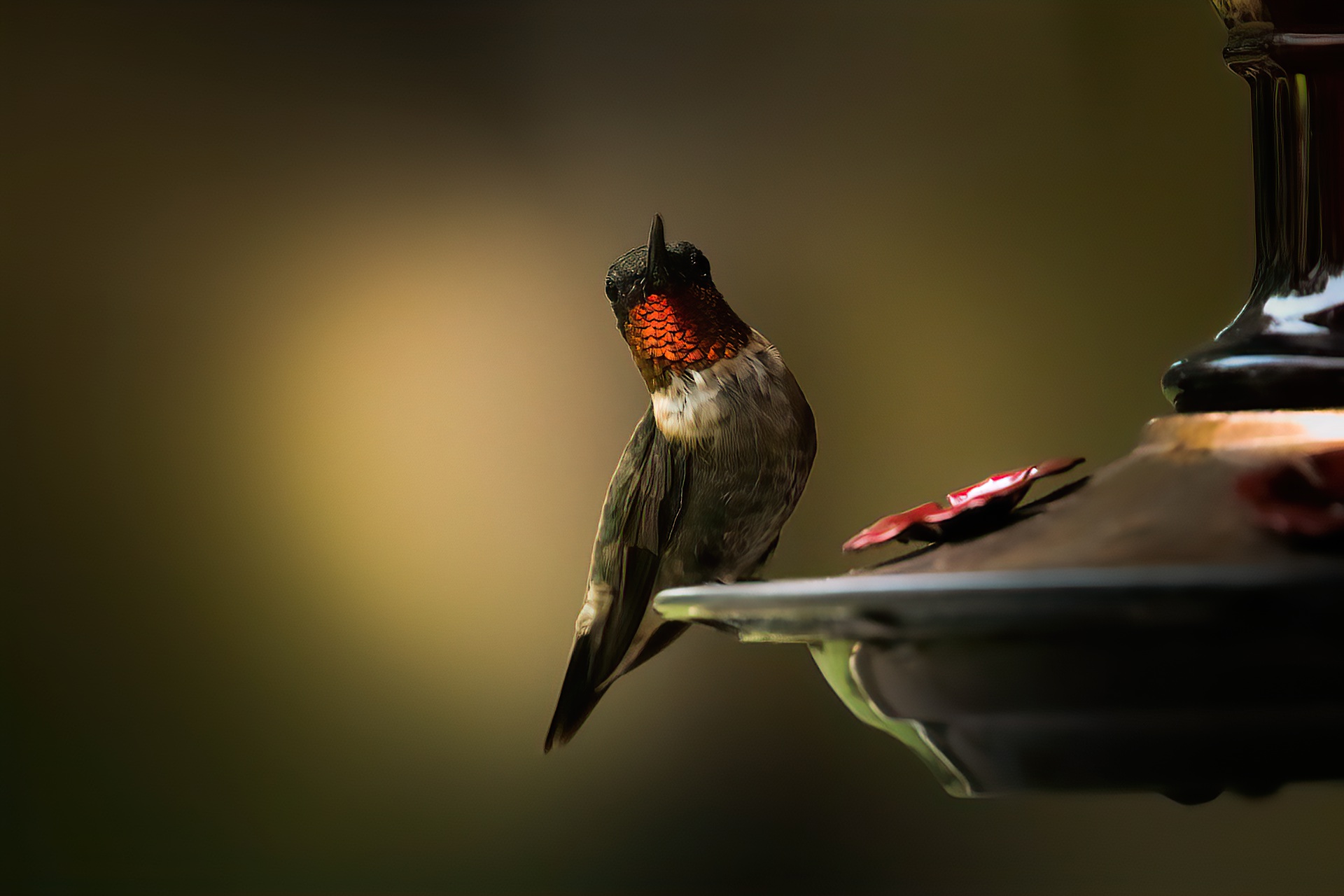Just this week I was speaking to a botanist who specializes in roses and was told some amazing facts about the world’s favorite flower…
Roses have been revered since what seems to be the beginning of time. Extinct civilizations valued them for their beauty and medicinal properties. Ancient rose fossils found in what is now Colorado have been dated to be over 35 million years old. Roses can be found growing wild in almost every part of the northern hemisphere, including the northern reaches of the Canadian shield!
Rosarians (a.k.a rose enthusiasts) generally divide roses into 3 classes: old garden, modern, and species. Old garden roses are varieties that were identified before 1867. They can be most commonly found under the names antique, china, or tea rose. These roses are predominantly white or pastel in color and are featured in the paintings of such famous artists as Monet and Renoir. Modern roses are varieties that were identified after 1867 and are typically low maintenance and disease-resistant. Although not extremely hardy, modern roses such as hybrid tea, floribunda, and grandiflora roses are valued for their beautiful scent and long stems. Species roses are widely accepted as the most hardy of the roses for the prairies; rugosa roses in particular are wonderful additions to local gardens as they are very cold-hardy and disease-resistant. Producing lovely, simple flowers, the rugosa rose can be found in a myriad of colors. All rugosa roses produce beautiful rose hips that persist well into winter.
Roses prefer well-drained, rich soil. We recommend a soil mixture of 70% topsoil, 25% peat moss, and 5% organics such as manure or compost. When planting a new specimen, be sure to add a handful of bonemeal and Myke’s micorise in the planting hole before setting the plant in. Fertilize established roses once every two weeks with high quality, water-soluble fertilizer. We use 20-20-20 by Plant Prod at our production farm.
Most roses are best pruned at this time of the year. Be sure to cut out all dead wood and damaged/ broken branches. Many rosarians choose to prune for shape at this time of year as well: uniformity can be a real asset when it comes to harvesting stems for fresh flowers.
There are dozens upon dozens of varieties of hardy roses for our area, and thousands of non-hardy, tea and grandiflora roses on the market. Mature heights range from 8in – 7ft tall, and even though most roses prefer full sun, some will even thrive in shadier locations. There truly is a rose for every spot and occasion.
With so much history behind them, and a plethora of new varietal breeding occurring around the globe, roses continue to be a garden favorite for many. Limitless colors, growth habits, fragrances, and flower structure make these garden beauties versatile and intriguing to any visitor to your rose garden. So appealing are these plants, in fact, that there has been a real movement to utilize floriferous roses as replacements in the garden for traditional annual mainstays such as petunias and geraniums. Gardeners are installing roses not only in the garden, but also in pots, and even in hanging baskets with much success. If you have a new garden, an old garden, or even a vacant spot on a porch or step, why not try a rose!
Roses – The World’s Favorite Flowers
In response to Canada's Online News Act and Meta (Facebook and Instagram) removing access to Canada's local news from their platforms, Anchor Media Inc encourages you to get your news directly from your trusted source by bookmarking this site and downloading the Rogue Radio App. Send your news tips, story ideas, pictures, and videos to info@anchormedia.ca.





